BIDDEFORD — University of New England women’s rugby players Kassidy Towne and Emily Richard balanced bags of ice on their heads after Saturday afternoon’s home opener against Harvard University.
“Give it another day,” Towne said, “and we’ll look like bruised bananas.”
Harvard shut out the Nor’easters, 54-0, but Towne and Richard seemed in good spirits. After all, it was just UNE’s second match of its inaugural season as an NCAA Division III varsity program.
“Realistically speaking, Harvard brings a lot more size and experience,” said UNE Coach Ashley Potvin-Fulford of the Division I Crimson. “I think having a big crowd out here today and showing them that women play contact sports is just really huge for the game.”
A mixture of excitement and confusion surrounded what UNE Athletic Director Jack McDonald called a “historic event.” President Danielle Ripich presided over the ceremonial scrum, tossing the ball into a circle of Crimson and Nor’easters players to kick off the match.
Of some 420 spectators packed along the sidelines of Barbara J. Hazard Field, one little girl clad in a UNE rugby shirt, checkered leggings and pink cowboy boots studied a “Rugby for Rookies” guide, which was printed on the back of the programs. It listed basic terms, positions and rules of the sport.
The girl watched players close in around the ball to form a “ruck” – at which point they could only use their feet. The swarm moved across the field – or “pitch” – leaving players on the ground in its wake, until the ball popped out.
“Mama,” the girl eventually said, dropping her pamphlet to her lap in defeat. “I have no idea what’s going on.”
NATIONWIDE GROWTH
She wasn’t alone. While rugby remains a relatively unfamiliar sport to many, the number of rugby players in the United States doubled between 2008 and 2013 to 1.2 million, according to data from the Sports & Fitness Industry Association – making it America’s fastest-growing sport.
Rugby’s surge in popularity coincides with the 2009 announcement that it would be added to the 2016 Olympic Games. Since then, NBC has broadcast the annual Collegiate Rugby Championship tournament, along with its coverage of rugby at the Rio Olympics.
“It’s becoming more of a regular thing to turn on television or pull up a newspaper or magazine article about a rugby player or team,” Potvin-Fulford said. “That’s leading more schools to turn to women’s rugby when they’re looking to bring up a new varsity sport.”
Five years ago, there were only five college varsity women’s rugby teams. Today, the National Collegiate Women’s Varsity Rugby Association – the governing body of collegiate varsity women’s rugby – has 20 competing members across the nation, including two from Maine: UNE and Bowdoin College in Brunswick.
A club team since 2012, the Nor’easters won a New England Rugby Football Union title and placed third in the Northeast Region of the National Small College Rugby Organization championship last season. They notched a 36-8 record over four years.
UNE’s decision to introduce women’s rugby as a varsity program follows a plan put in place to add football, which will play a sub-varsity schedule in 2017 before its first varsity season in 2018. Title IX requires schools to provide equal opportunities for each gender in activities.
“Bowdoin and UNE brought in a heavy contact sport for the men, and I guess it’s only real counterpart for women is rugby,” Potvin said. “We’re thankful for Title IX because, without football, we wouldn’t really be able to move up to the varsity level.”
UNE opened the season last weekend with a 63-10 victory at Molloy University in New York, the first of seven matches on its schedule.
MAINERS PICKING IT UP
Although Maine does not offer girls’ rugby at the youth or high school levels, about a third of UNE’s 32-woman roster come from the state. Like all but one of those players, Richard, from Arundel, was a “crossover” athlete who transitioned from soccer to rugby when she got to college.
“Almost all of us didn’t know anything about rugby coming in,” Richard said. “In my first game, I was like, ‘Uhh … Where do I go?'”
“I was like a chicken with my head cut off for the first half of my first season,” added Towne, a junior “8-man” from Fairfield. Now, Richard and Towne take pleasure in educating others about the sport. They said the most common misconception they hear is the assumption that women play rugby with a different set of rules than men.
“I had one person ask me if rugby was physical for women,” said Richard, adjusting her icepack. “They were surprised that we didn’t wear pads or helmets.”
Rugby is the only team contact sport worldwide where the rules for men and women are identical. A match is 80 minutes long with 40-minute halves. Both UNE and Harvard had 15 players on the field – unlike in the Olympics, which played 7-on-7.
While Towne and Richard said they wear their bruises proudly, they sometimes suffer more serious injuries. Towne tore a knee ligament playing rugby eight months ago.
“I hear people say rugby is basically football without pads – that’s kind of accurate,” Towne said. “But it’s still completely different. We pass backwards, and we don’t crash into each other head-first.”
Without equipment, players are more discouraged from reckless hits. They often tackle opponents low by leading with their shoulder. When knocked down beneath the stampede chasing the ball, players are taught to cover their head with their arms.
The ball must be carried over the goal line and touched to the ground for a score, or a “try,” which is worth five points. Teams can also score on conversion kicks (two points), penalty goals (three points) and dropped goals (three points).
“There is a place for every body type on the rugby pitch,” Potvin-Fulford said. “A rugby team’s bigger, stronger players will run through people in the forward pack, and our smaller, faster players will run around people as a back. It creates a really beautiful dynamic and team-oriented game.”
YES, IT IS A PHYSICAL GAME
Like Richard and Towne, Potvin-Fulford said the physical nature of the sport drew her to rugby.
“I was always one of those players in ice hockey that would be in the penalty box for body checking, or the soccer player that was getting called for a charge,” said Potvin-Fulford, a Biddeford High graduate who now coaches the Biddeford girls’ hockey team. “I think this whole idea of finally being able to not get called for a penalty for physical play was really appealing for me.”
Potvin-Fulford, who graduated from Norwich University in Vermont in 2011, said she has seen attitudes surrounding female athletes shift since she played club hockey in high school. She recalled knocking on doors for bottle drives and constantly fielding the question, “Girls play ice hockey?”
“To see that evolution of girls’ ice hockey and now to be a part of the evolution of women’s rugby is really cool,” Potvin-Fulford said. “It’s becoming a general acceptance that not all girls want to do what I guess they’ve been expected to do from such a young age.”
Send questions/comments to the editors.

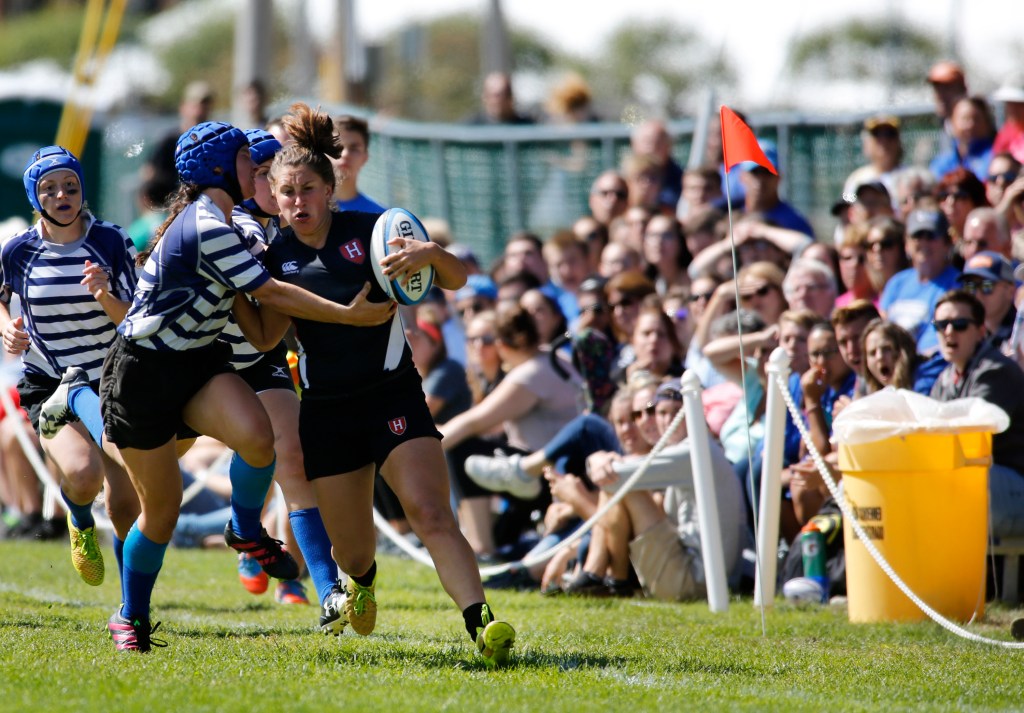
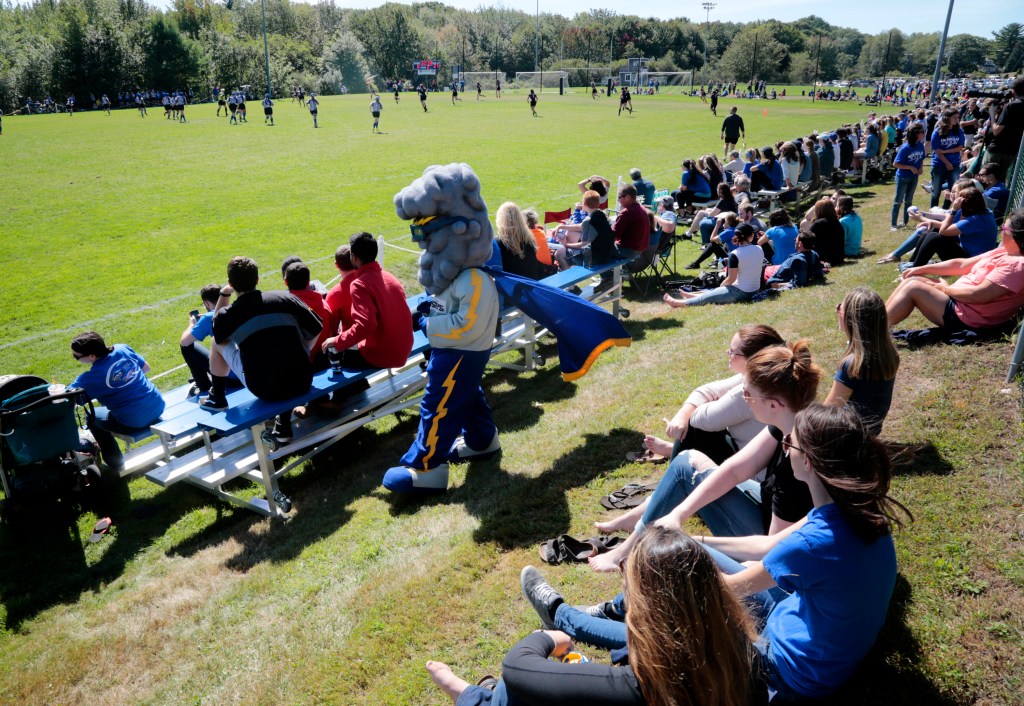
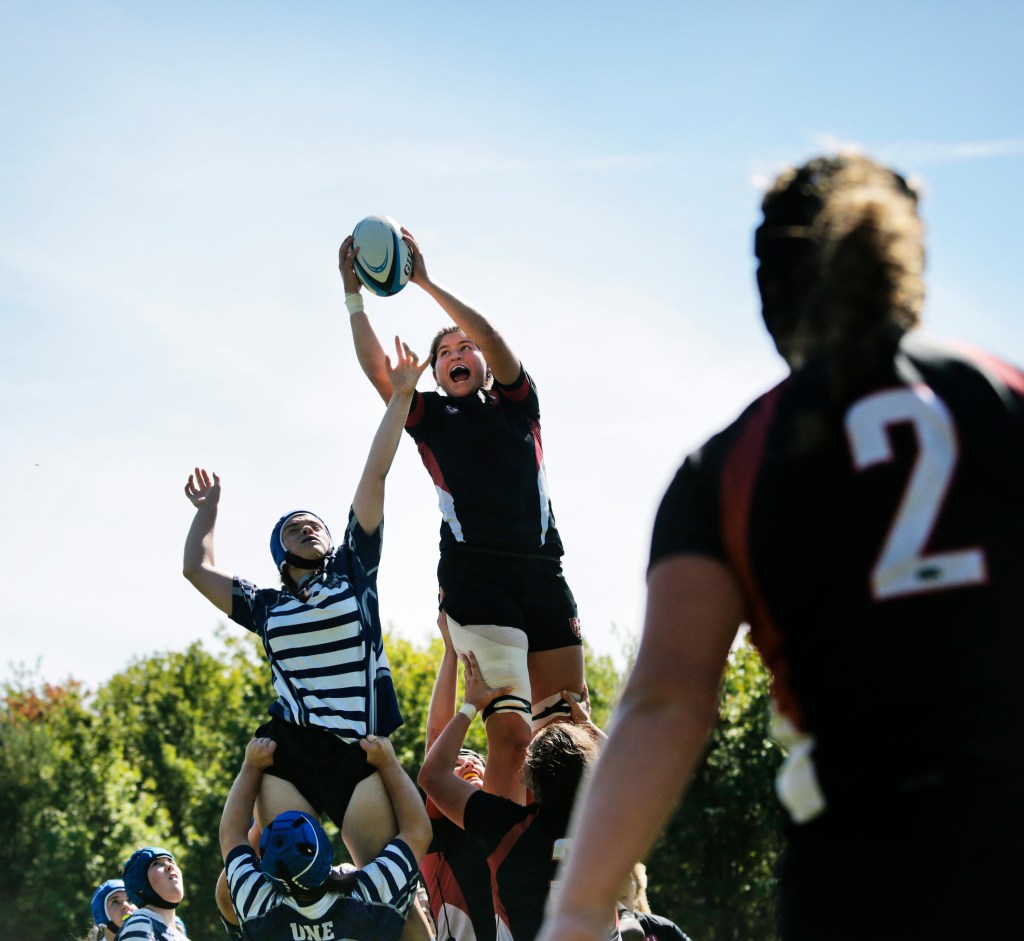
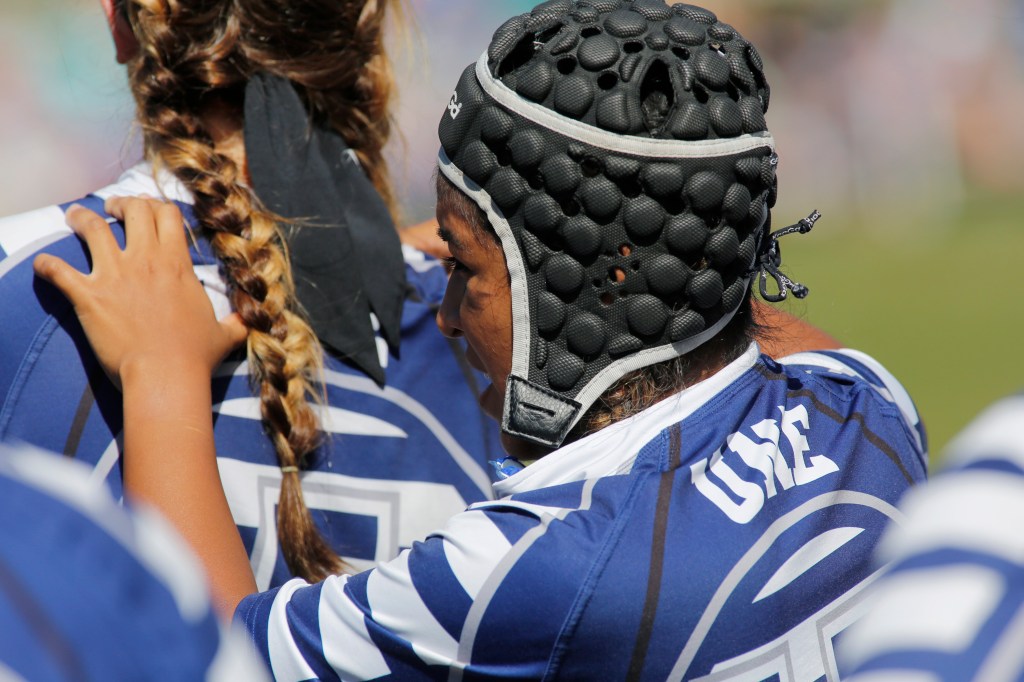
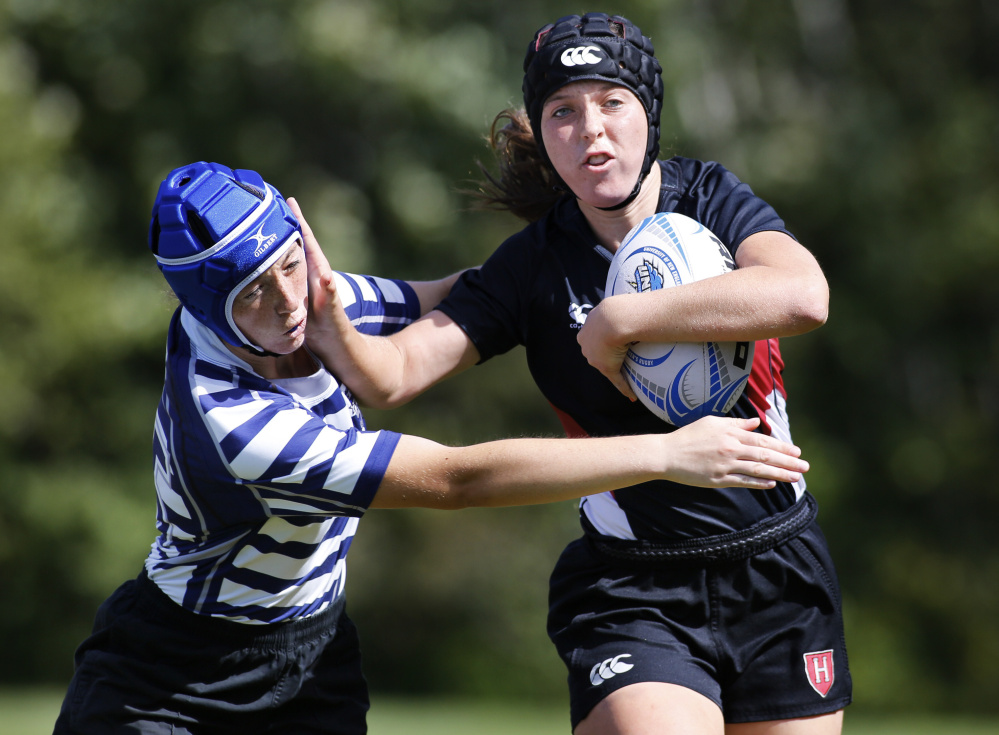
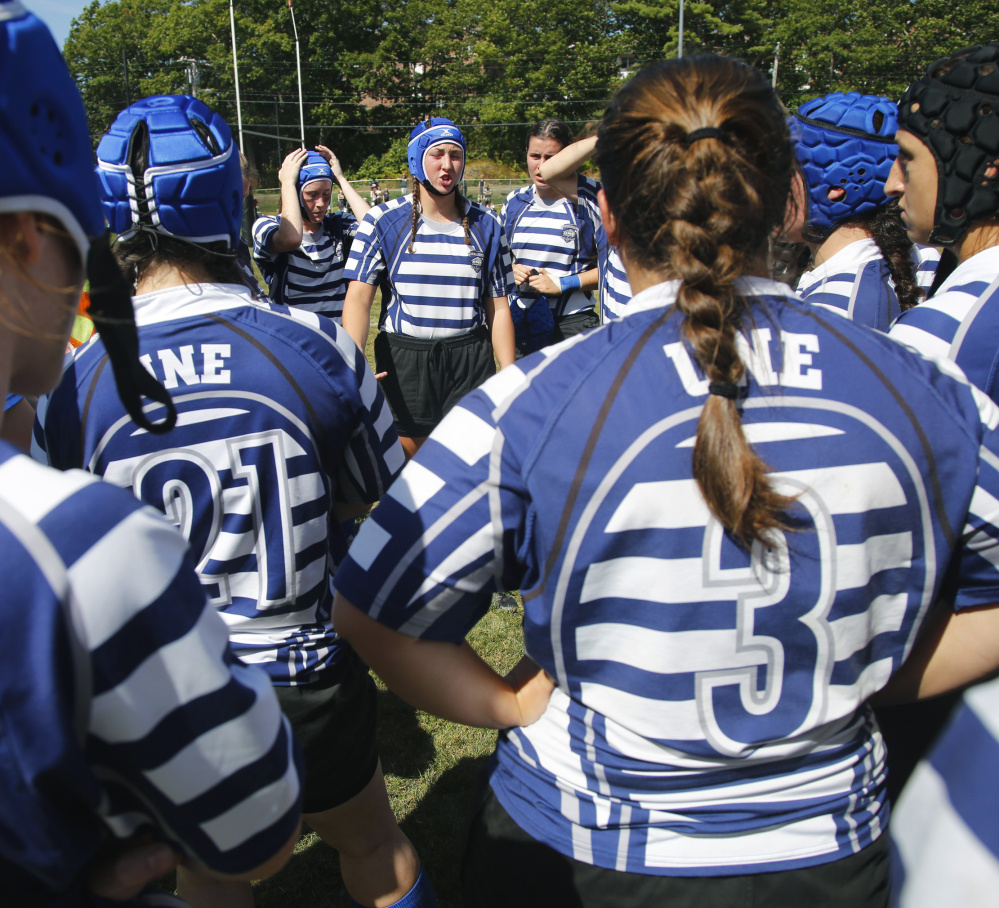
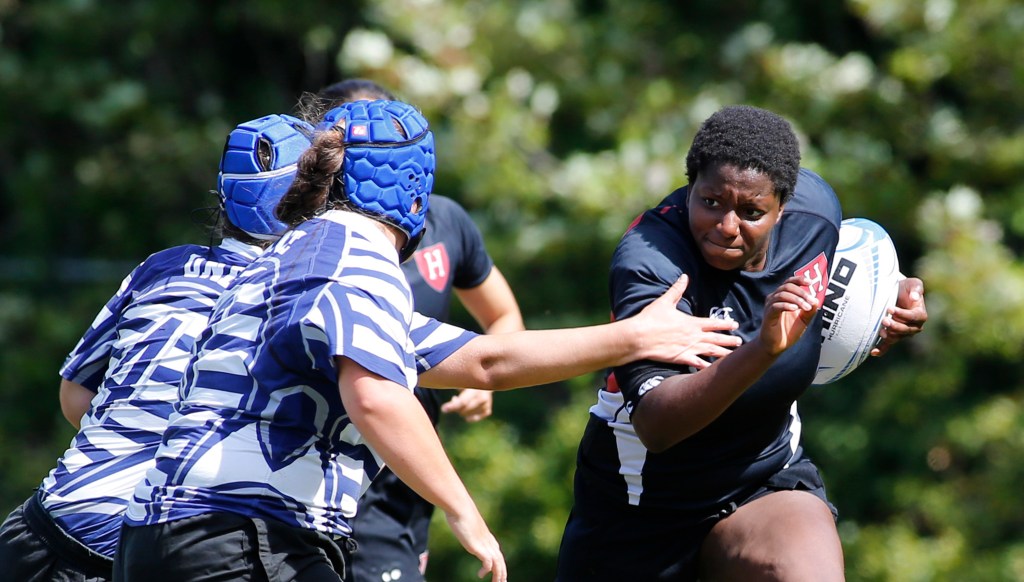

Success. Please wait for the page to reload. If the page does not reload within 5 seconds, please refresh the page.
Enter your email and password to access comments.
Hi, to comment on stories you must . This profile is in addition to your subscription and website login.
Already have a commenting profile? .
Invalid username/password.
Please check your email to confirm and complete your registration.
Only subscribers are eligible to post comments. Please subscribe or login first for digital access. Here’s why.
Use the form below to reset your password. When you've submitted your account email, we will send an email with a reset code.